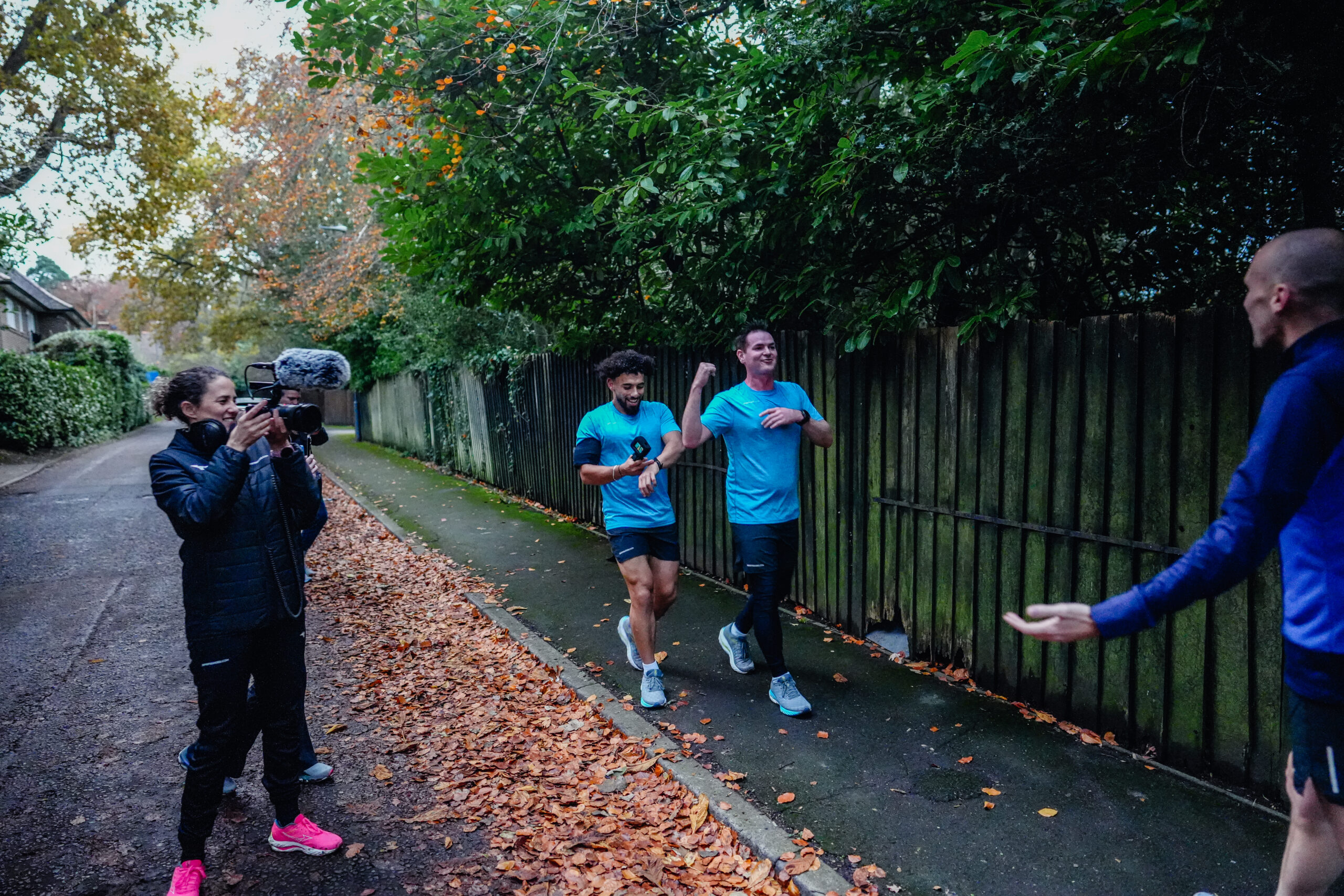Why Heart Rate Zones Matter for Runners

When it comes to measuring your runs, you might be familiar with tracking time, distance, and pace. However, heart rate is another essential metric for runners to monitor. In this article, we’ll explore the importance of heart rate zones in running, how to set them, and how to apply this knowledge to your training.
Heart Rate: A Useful Metric for Runners
Heart rate is an excellent indicator of how hard you’re working during any cardiovascular exercise, including running. Running at different heart rates impacts your physiology in distinct ways, training various systems and changing the emphasis of the type of workout you’re completing. Knowing which heart rate zone you’re training in can help maximise the benefits of your training or recovery.
It’s essential to note that heart rate levels at rest and during exercise, as well as corresponding heart rate zones, can vary significantly from person to person. Factors such as age, weight, gender, fitness levels, temperature, and even medication or stress can influence these variations.
Measuring Heart Rate While Running
There are two main options for measuring heart rate when running:
- Optical-based sensors on your wrist: These devices use LED lights to refract the movement of blood under your skin and interpret it into heart rate data, giving you a figure in beats per minute (BPM).
- Chest straps: Worn against the skin under clothing, chest straps measure heart rate using electrocardiography, a simplified version of hospital heart rate measurements. The transmitter sends data to your watch or phone, ensuring accurate and consistent measurements.
Ultimately, the choice between wrist-based monitoring and chest straps is up to you. Wrist-based monitoring is usually sufficient, but high-level athletes may prefer the increased accuracy provided by chest straps.
Understanding Heart Rate Zones
Heart rate zones are a way of measuring the training effect you’re getting from your run. A five-zone system is commonly used:
- Zone 1: Very light-intensity effort, suitable for brisk walking or a very easy run.
- Zone 2: Easy running, ideal for recovery runs, warmups, or cooldowns.
- Zone 3: Steady aerobic running, often used for long runs.
- Zone 4: Hard sustained effort, such as a threshold run.
- Zone 5: Very hard effort, reserved for intervals and sprints.
Setting Your Heart Rate Zones
To set your heart rate zones, you’ll need to determine your maximum heart rate. The simplest method is to use the Fox Formula, which calculates your maximum heart rate by subtracting your age from 220. However, this is not the most accurate method, and a stress test is recommended for more precise results.
Once you have your maximum heart rate, you can work out your heart rate reserve by subtracting your resting heart rate. This heart rate reserve is your useful range for training. You can then calculate each zone as a percentage of your heart rate reserve, adding the numbers to your resting heart rate to establish the lower and upper heart rates for each zone.
Monitoring Your Heart Rate Zones
Using a heart rate monitor can help you track your heart rate on the run without constantly checking your watch. Some watches can also display your heart rate zone using colours, making it easy to identify your current zone.
Monitoring your heart rate can provide early warning signs of illness or overtraining. If your heart rate is significantly higher or lower than expected during a workout, it may be a sign that you need to ease back on your training or take a rest day.
Conclusion
Understanding heart rate zones and applying this knowledge to your training can significantly improve your running performance. By monitoring your heart rate during workouts and adjusting your efforts accordingly, you can optimize your training sessions to target specific goals, prevent overtraining, and improve your overall fitness. Here are some additional tips to help you apply heart rate zones to your running routine:
- Vary your training: Incorporate workouts targeting different heart rate zones in your weekly training schedule. This helps to ensure that you are developing a well-rounded level of fitness.
- Listen to your body: While heart rate zones are a useful tool, it is important not to become overly reliant on them. Pay attention to how your body feels during each workout and adjust your efforts accordingly.
- Reassess your heart rate zones: As your fitness level changes, so will your heart rate zones. Reassess your maximum heart rate and heart rate reserve periodically to ensure that your zones remain accurate and helpful.
- Set realistic goals: Use your heart rate zones to set achievable goals for your running performance. This can help you stay motivated and focused on your progress.
- Use heart rate zones to guide race pacing: Knowing your heart rate zones can help you pace yourself during races, ensuring you don’t start too fast and risk burning out before the finish line.
By using heart rate zones to guide your training, you can make the most of each workout and maximize your running potential. Keep in mind that everyone’s heart rate zones are different, so it’s essential to personalize your training and listen to your body.





























Running News
Paris 2024 Olympic Gold Medalists to Win $50,000 in Decision by World Athletics
MILE 27 – London Marathon Pop Up
Jasmin Paris: A Portrait of Perseverance